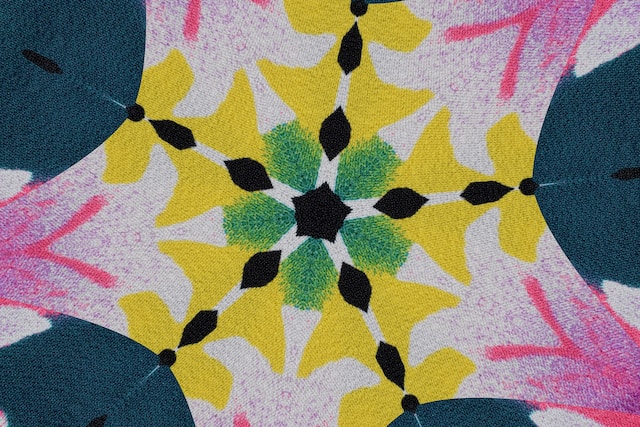
Navajo rug weaving forum
Factors to consider when selecting a carpet or rug, such as size, material, and color
Navajo rugs have a rich history and cultural significance that dates back centuries. The art of Navajo rug weaving is deeply rooted in the traditions and beliefs of the Navajo people, who have been creating these beautiful textiles for generations.
The designs and patterns found in Navajo rugs are not only aesthetically pleasing but also hold symbolic meaning. Each rug tells a story, whether it be about the natural world, tribal ceremonies, or spiritual beliefs. These intricate designs are passed down from one weaver to another, preserving the cultural heritage of the Navajo people.
Navajo rugs are more than just decorative pieces; they are a form of self-expression and a way to connect with their ancestors. The time and effort put into each rug reflect the weaver's dedication to their craft and their commitment to upholding tradition.
In addition to their cultural significance, Navajo rugs are highly sought after for their craftsmanship and beauty. Collectors from around the world admire these unique textiles for their quality materials and attention to detail.
Overall, Navajo rugs play an essential role in preserving the history and traditions of the Navajo people. They serve as a reminder of their resilience, creativity, and connection to their ancestral roots.